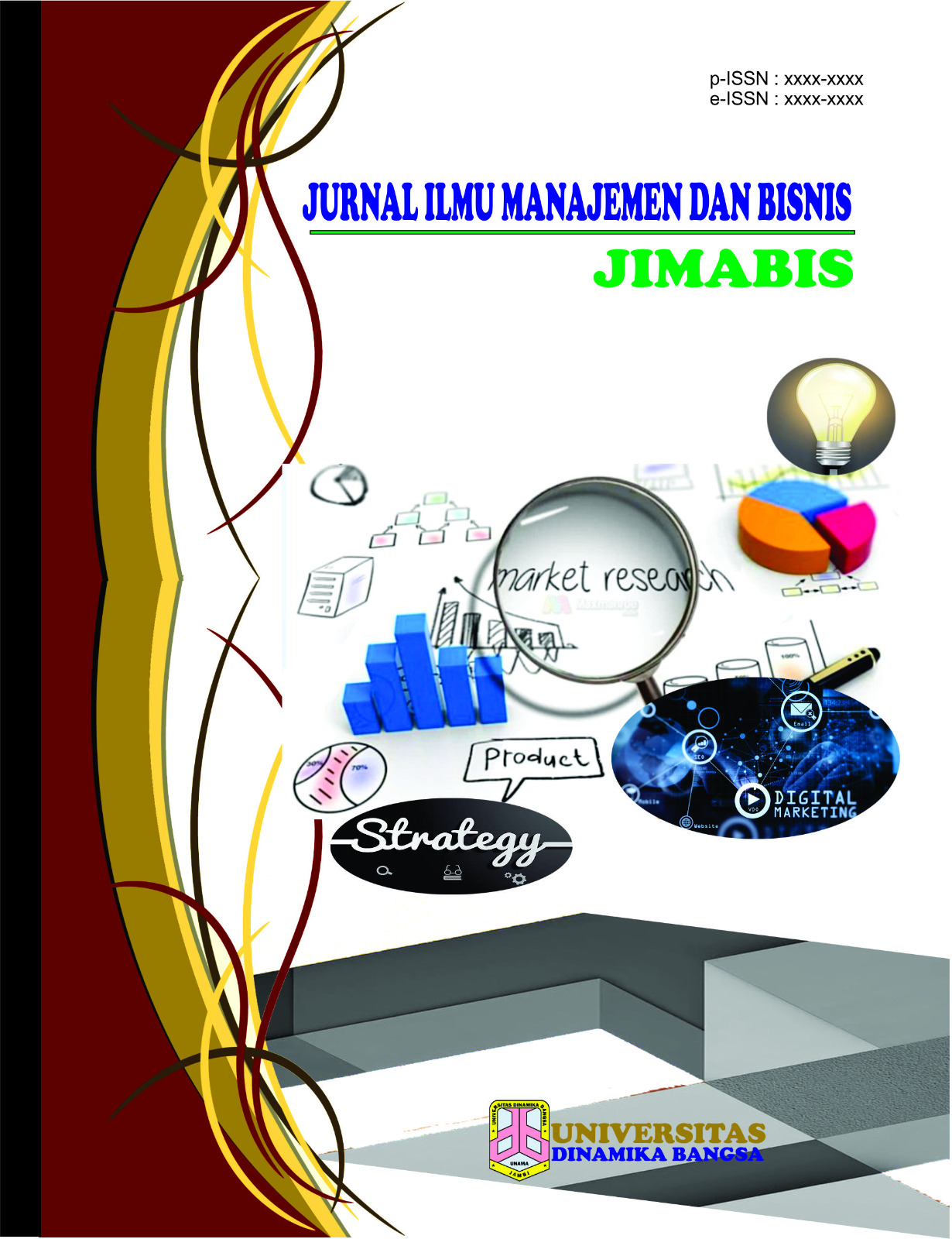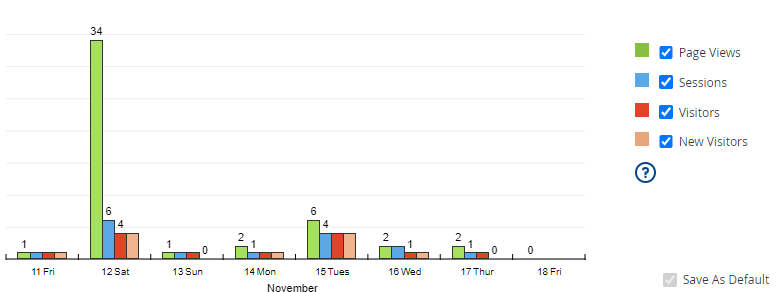Pengoptimalan Komunikasi Bahasa Isyarat Abjad dengan Augmented Reality
DOI:
https://doi.org/10.33998/processor.2023.18.2.872Keywords:
Augmented Reality, Teaching Media Design, Sign LanguageAbstract
One of the activities that humans always do is communication. This communication is carried out by everyone, but there are special ways of communication that are carried out by people with special needs, such as the deaf. The communication uses sign language, where learning the language is quite difficult, especially for students who are deaf. There is a solution that can solve this problem, namely the use of technology. One of the technologies that can be used is Augmented Reality. Augmented Reality is able to combine the physical world and digital elements that can be used to facilitate human activities. Augmented Reality is designed and packaged in the form of a mobile-based application to make it easier to learn sign language. The use of this designed application is specifically aimed at students with special needs. In addition, the use of the application can also be felt by a group of people who are learning sign language. Application testing involves various aspects, such as functional testing, device compatibility testing, performance testing, AR accuracy and compatibility testing, interaction testing, usability testing, and testing in real environments. App testing engages users, either in user testing or through the feedback they provide. The users involved are divided into 2, namely users as experts in AR testing and users as customers or in this case teachers. The test results prove the value with a high percentage. Tests by experts achieve an average value of 93.13% and tests by customers achieve an average value of 93.60%. This average value can be classified as a reference that the application functions properly, according to needs, is safe, responsive, and provides a satisfying experience.
Downloads
References
D. Kurniati dkk., “Implikasi Teknologi Multidisiplin,” Implikasi Teknologi Multidisiplin, Des 2022, Diakses: 14 Juni 2023. [Daring]. Tersedia pada: -https://drive.google.com/file/d/1XoixBpk-nEBfJitMIWptNEOCjwL1ClYi/view?usp=share_link
N. Sadamali Jayawardena, P. Thaichon, S. Quach, A. Razzaq, dan A. Behl, “‘The persuasion effects of virtual reality (VR) and augmented reality (AR) video advertisements: A conceptual review,’” J Bus Res, vol. 160, hlm. 113739, Mei 2023, doi: 10.1016/J.JBUSRES.2023.113739.
S. Özeren dan E. Top, “The effects of Augmented Reality applications on the academic achievement and motivation of secondary school students,” Malaysian Online Journal of Educational Technology, vol. 11, no. 1, hlm. 25–40, Jan 2023, doi: 10.52380/MOJET.2023.11.1.425.
E. Silpia dan R. M. Sari, “Implementasi Komunikasi Bahasa Isyarat Anak Tunarungu,” JIIP - Jurnal Ilmiah Ilmu Pendidikan, vol. 6, no. 1, hlm. 529–535, 2023, doi: 10.54371/jiip.v6i1.1413.
M. Wahyu, P. Dwitama, W. Firdaus, S. Bagus, dan A. Q. Zuhro, “Penerapan Manajemen Konflik dalam Menangani Masalah Komunikasi Anak ABK ( Tuna Rungu ) dalam Pengelolaan Kafe Ksuli di Kabupaten Jember,” Jurnal Ekonomi Manajemen Dan Bisnis (JEMB), vol. 1, no. 2, hlm. 237–242, 2023.
A. H. Arrum dan S. Fuada, “Penguatan Pembelajaran Daring di SDN Jakasampurna V Kota Bekasi, Jawa Barat Menggunakan Media Pembelajaran Interaktif Berbasis Augmented Reality (AR),” Jurnal Pengabdian Kepada Masyarakat, vol. 4, no. 1, 2020.
Aditya Fajar Ramadhan, Ade Dwi Putra, dan Ade Surahman, “Aplikasi Pengenalan Perangkat Keras Komputer Berbasis Android Menggunakan Augmented Reality (Ar),” Jurnal Teknologi dan Sistem Informasi (JTSI), vol. 2, no. 2, hlm. 1–8, 2021, [Daring]. Tersedia pada: http://jim.teknokrat.ac.id/index.php/JTSI
R. I. Borman, B. Priyopradono, dan A. R. Syah, “Klasifikasi Objek Kode Tangan pada Pengenalan Isyarat Alphabet Bahasa Isyarat Indonesia (BISINDO),” Seminar Nasional Informatika dan Aplikasinya (SNIA), no. September, hlm. 1–4, 2018.
I. P. Suardi, S. Ramadhan, dan Y. Asri, “Pemerolehan Bahasa Pertama pada Anak Usia Dini,” Jurnal Obsesi : Jurnal Pendidikan Anak Usia Dini, vol. 3, no. 1, hlm. 265, 2019, doi: 10.31004/obsesi.v3i1.160.
I. D. Saputra, “Analisis Implementasi Augmented Reality (Ar) Berbasis Marker-Based Tracking Sebagai Media Pembelajaran Hidroponik,” hlm. i–62, 2019.
A. Idrus dan A. Yudherta, “Pengembangan Augmented Reality Sebagai Media dalam Meningkatkan Pemahaman Teks Bacaan,” JTP - Jurnal Teknologi Pendidikan, vol. 18, no. 3, hlm. 144–155, 2016, doi: 10.21009/jtp1803.3.
M. Masri dan E. Lasmi, “Perancangan Media Pembelajaran Tata Surya Menggunakan Teknologi Augmented Reality Dengan Metode Markerless,” Journal of Electrical Technology, vol. 3, no. 3, hlm. 40–47, 2018, [Daring]. Tersedia pada: https://jurnal.uisu.ac.id/index.php/jet/article/view/1118
A. Nugroho dan B. A. Pramono, “Aplikasi Mobile Augmented Reality Berbasis Vuforia Dan Unity Pada Pengenalan Objek 3D Dengan Studi Kasus Gedung M Universitas Semarang,” Jurnal Transformatika, vol. 14, no. 2, hlm. 86, 2017, doi: 10.26623/transformatika.v14i2.442.
M. I. Maulana dan E. Junianto, “Penerapan Model Addie Dalam Pembuatan Permainan Edukasi Bahasa Inggris Berbasis Android,” Jurnal Responsif : Riset Sains dan Informatika, vol. 4, no. 1, hlm. 12–22, 2022, doi: 10.51977/jti.v4i1.680.
M. Muslihudin dan Oktafianto, Analisis dan Perancangan Sistem informasi menggunakan Model Terstuktur dan UML. Yogyakarta, Andi, 2016.























